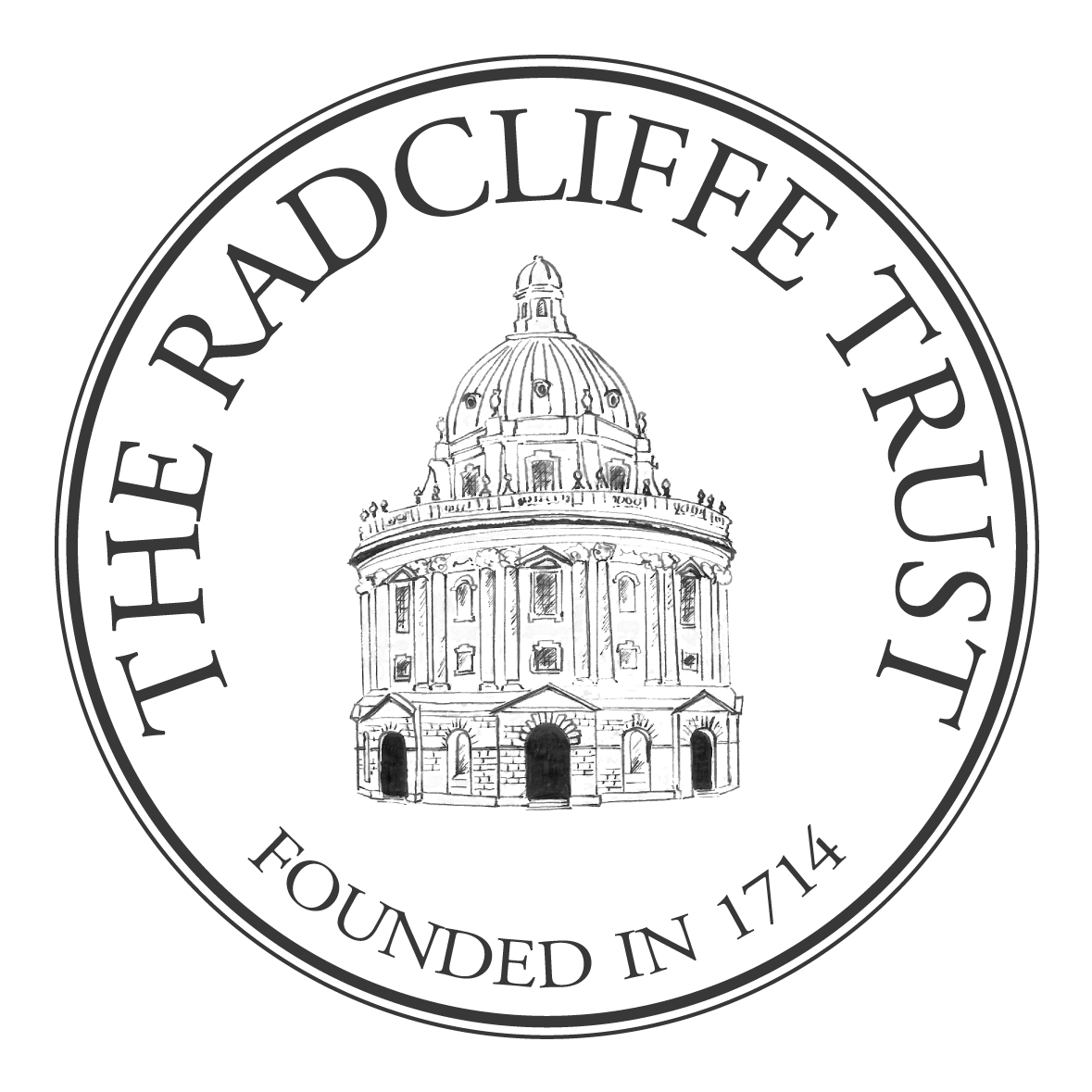Camp - Do We Go Around the Houses, or Do Houses Go Around Us?
Mycelium, cob and Portland Stone
Each 0.8 m x 1m x 1m (exc. bases)
2021-22
Sold together or separately.
RA Summer exhibition, 2022
Metropolis, Coventry, 2022
Liverpool Parish Church, 2022

Image: Rob Battersby
Should buildings be made out materials designed to outlive their useful life? Should we return to traditional structures and techniques that are low cost but labour intensive with minimal environmental impact? How can we look to nature to lead innovation in the built environment?
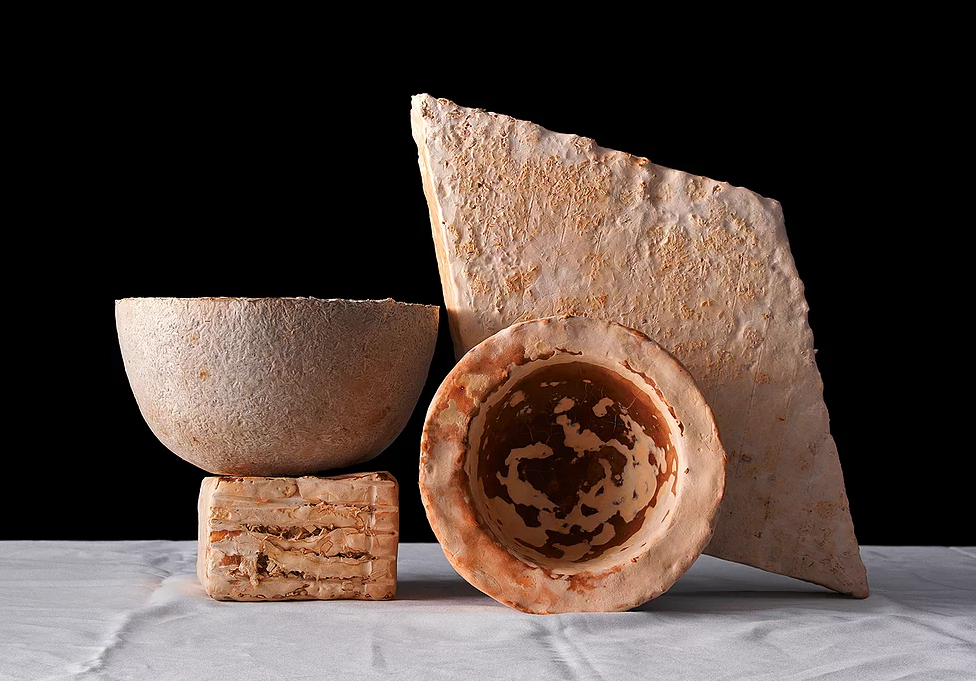
Mycelium - the thread-like underground root network of fungi; a biodegradable alternative to plastic and new sustainable building material.
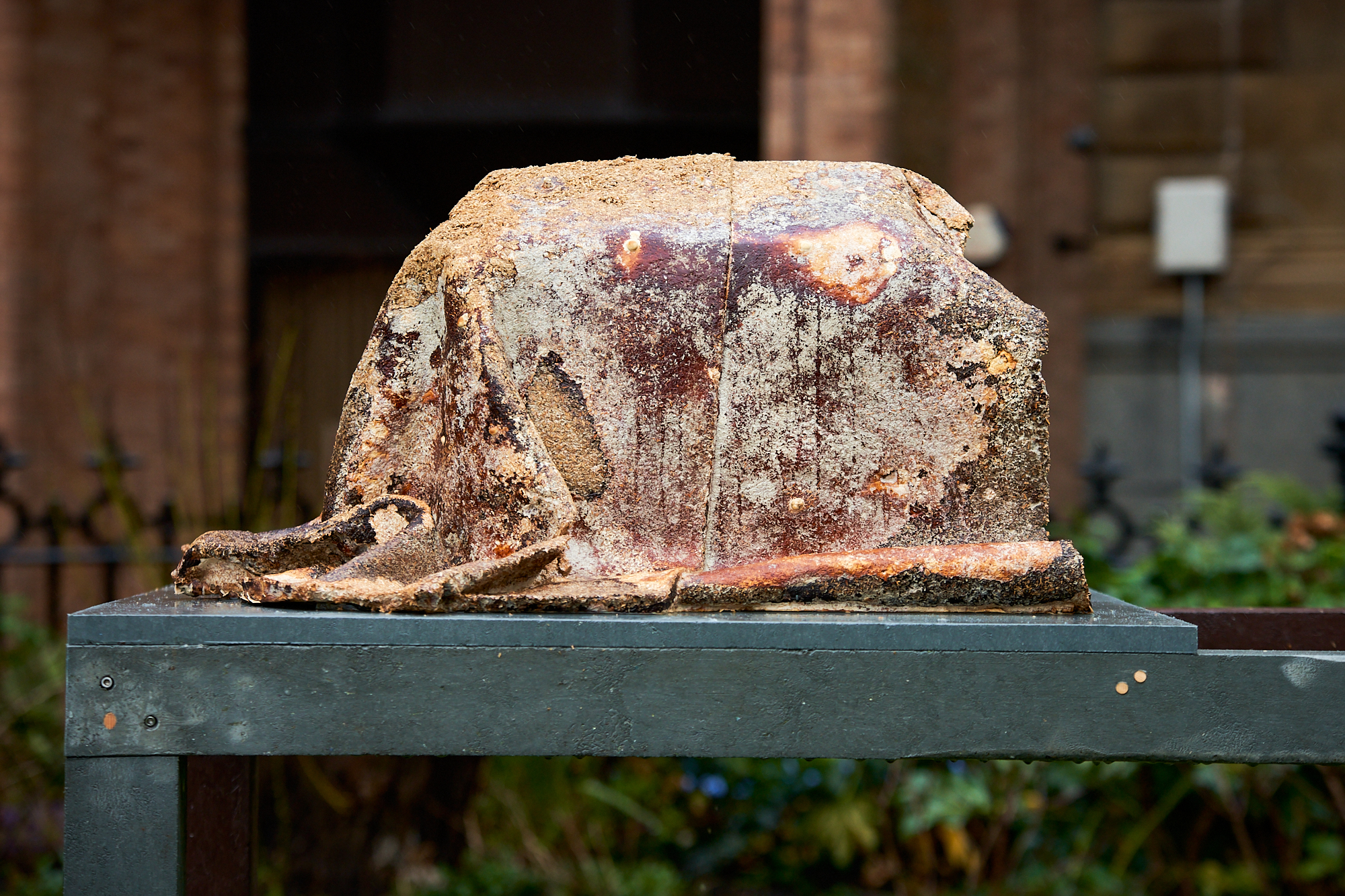
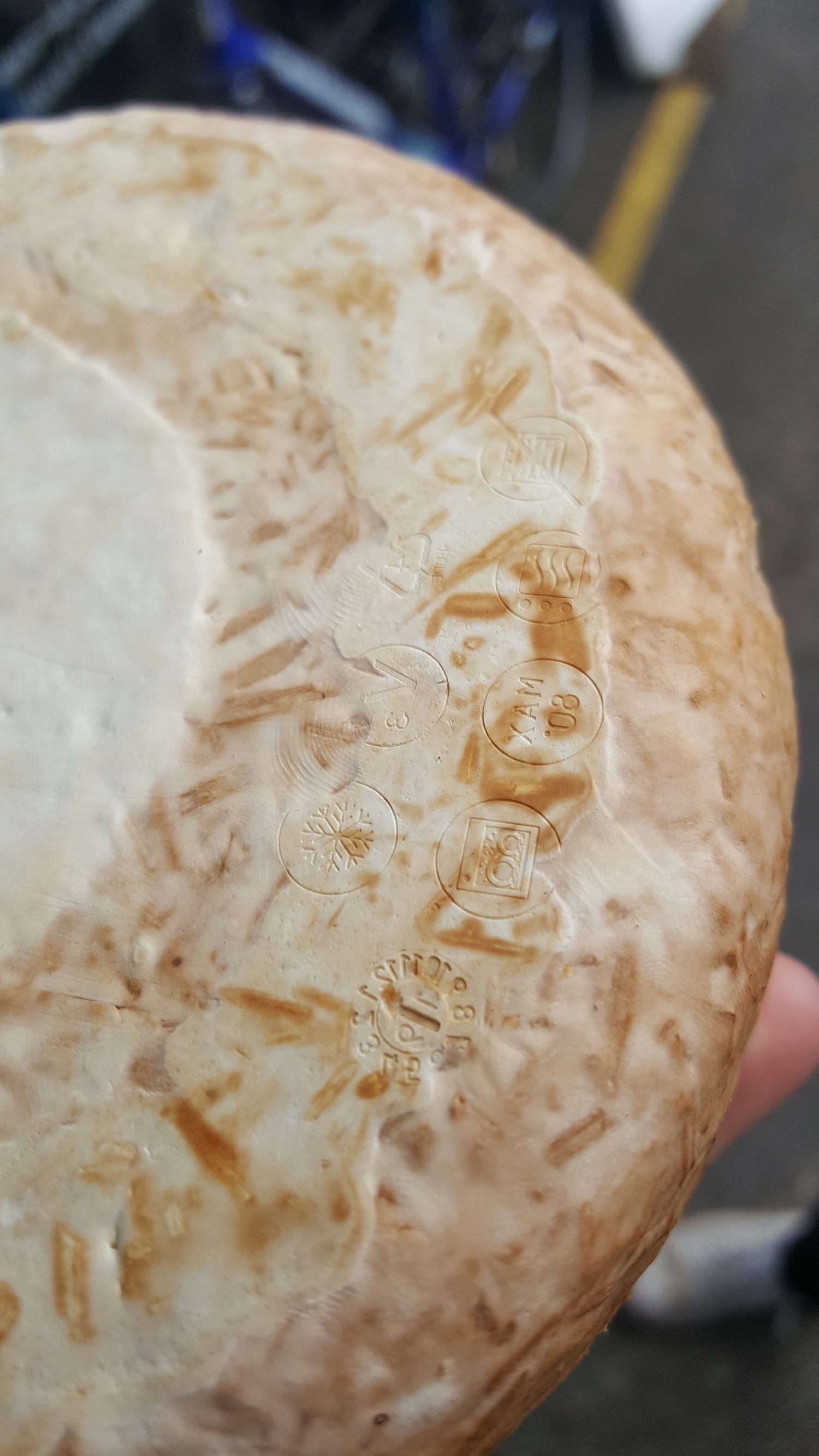
Image: Rob Battersby (top), Alicia Canter for Biohm (bottom)
Cob - a natural building material made from subsoil, water, fibrous organic material (typically straw), and sometimes lime.
Akin to a cob structure, I learnt a technique using unfired caly, straw and risk husks on a 2020 Coventry City of Culture / British Council research trip to work with the Kumartuli of Kolkata, India. This process lends itself to durational or temporary installation, as the materials will break down and can be returned to the earth with rain / water.
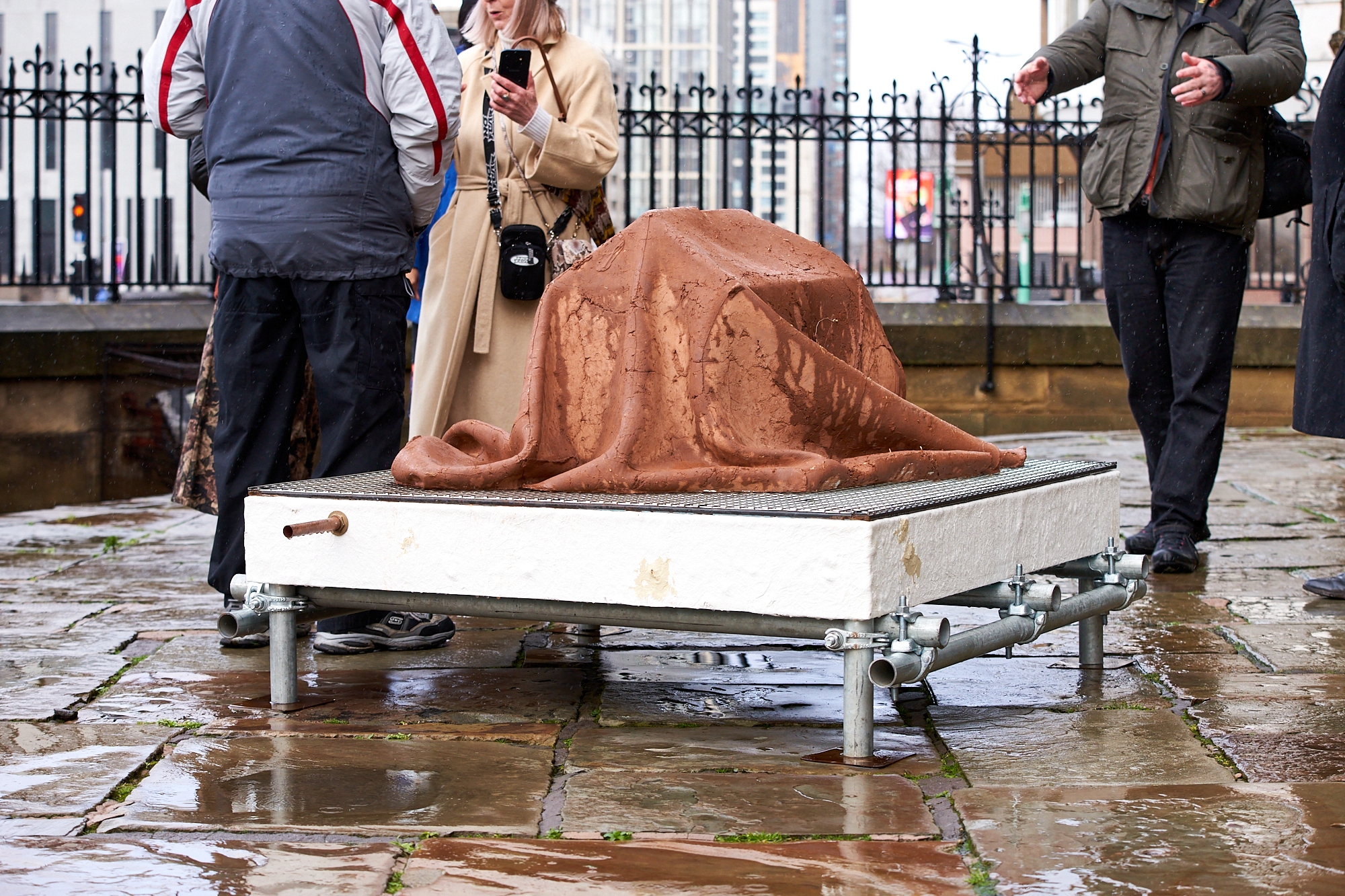
Images above: Rob Battersby
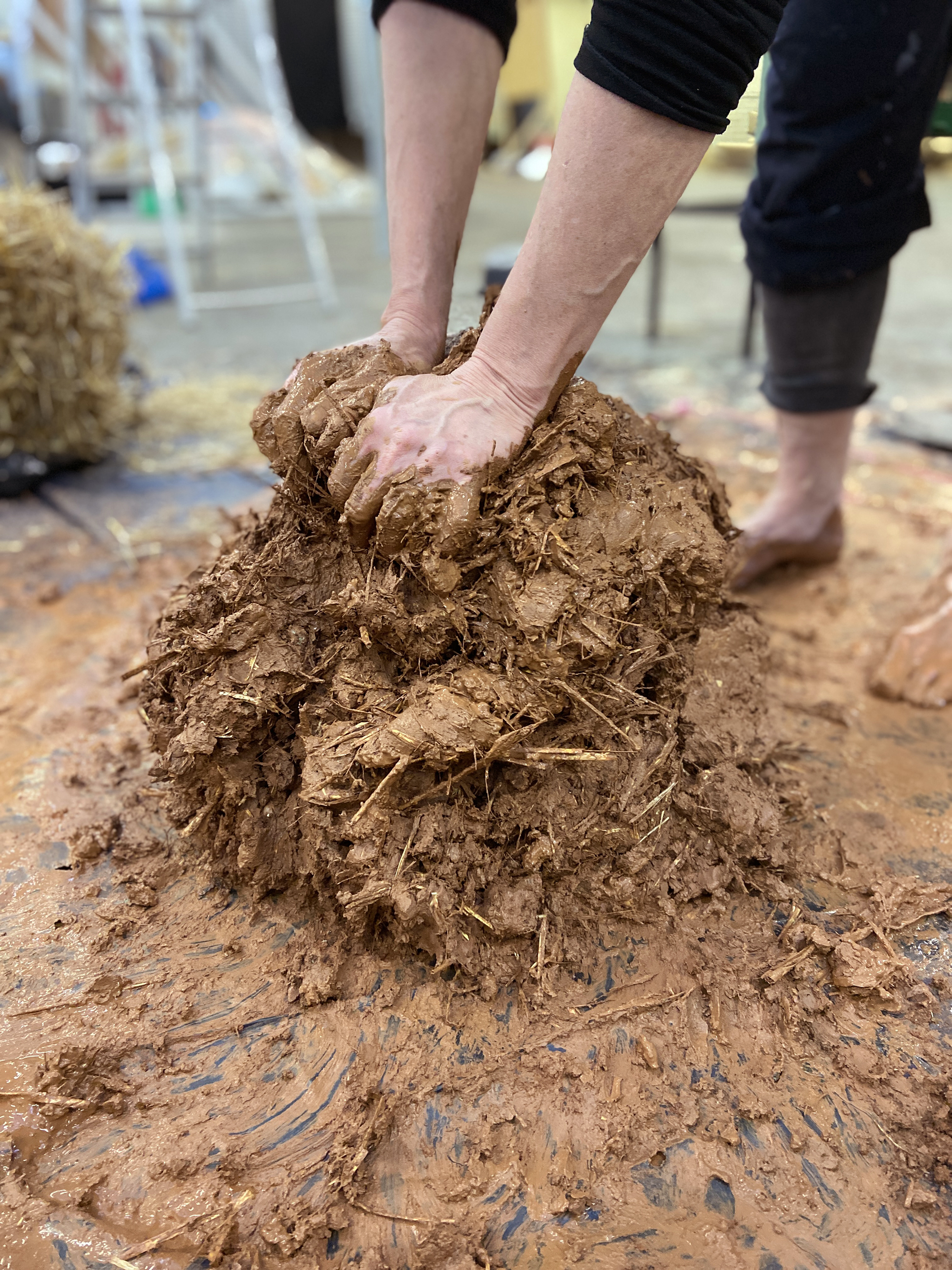

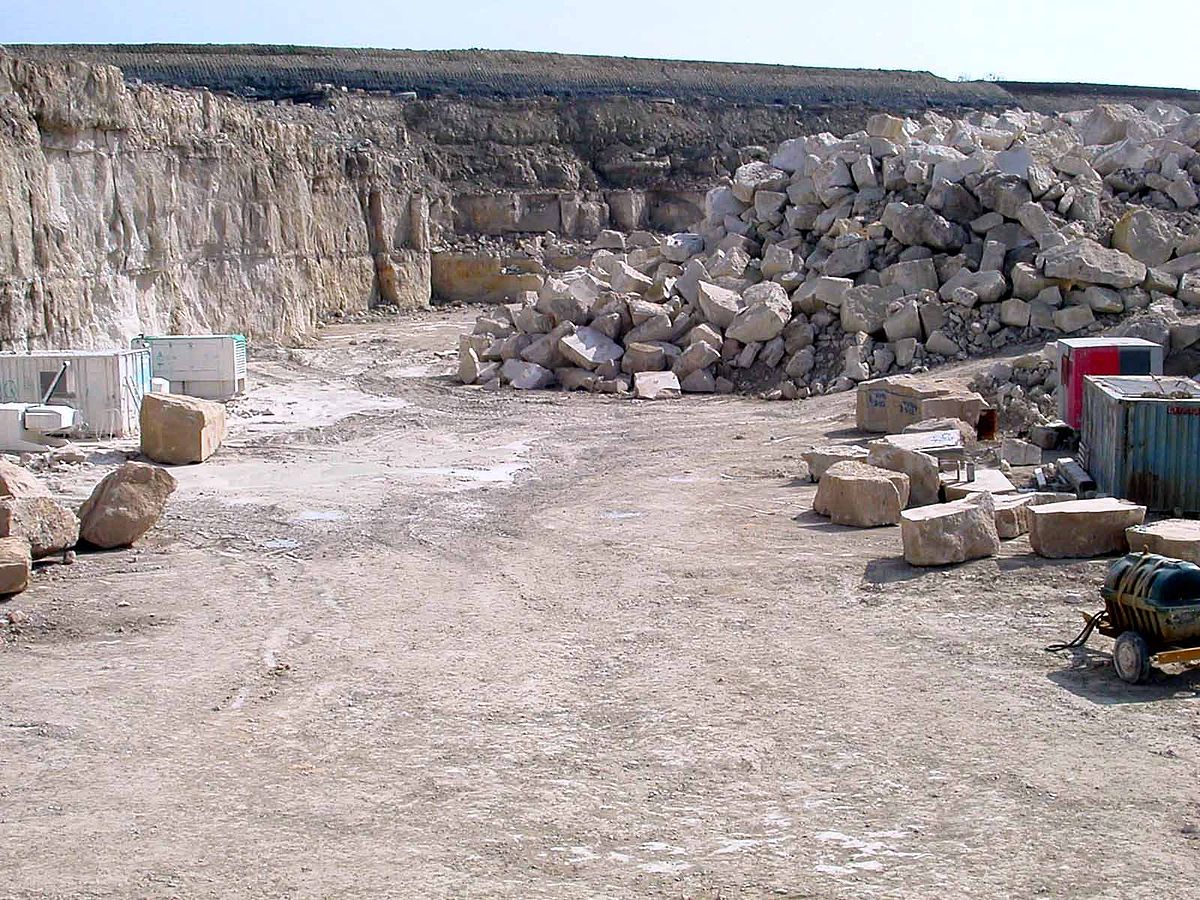
Portland Stone



Images: Godrick (top), Rob Battersby (bottom)
References:
Mario Merz - Igloo, Do We Go Around Houses, or Do Houses Go Around Us? 1977, reconstructed 1985
In 1971 the artist described the igloo as 'the ideal organic shape
both a world and a small house
a synthesis, a complex image'. Merz's igloos are primitive forms of shelter and habitation. Both self-contained worlds and small houses, they attempt to answer the artist's own questions: 'is space straight or curved? Do houses move round you or do you move round houses? What does making a house mean?' (quoted in Marlis Grüterich, 'Mario Merz', Data, no.21, May-June 1976, pp.45-6).
Fungi Futures, Somerset House
Richard Sennett - Richard Sennett writes about cities, labour, and culture. He currently serves as Senior Advisor to the United Nations on its Program on Climate Change and Cities.
Tim Ingold - The Life of Lines
Tim Ingold is British anthropologist and Chair of Social Anthropology at the University of Aberdeen. In his recent work, he links the themes of environmental perception and skilled practice, replacing traditional models of genetic and cultural transmission, founded upon the alliance of neo-Darwinian biology and cognitive science, with a relational approach focusing on the growth of embodied skills of perception and action within social and environmental contexts of human development. This has taken him to examining the use of lines in culture (Lines: a brief hostory), and the relationship between anthropology, architecture, art and archaeology (Making).

